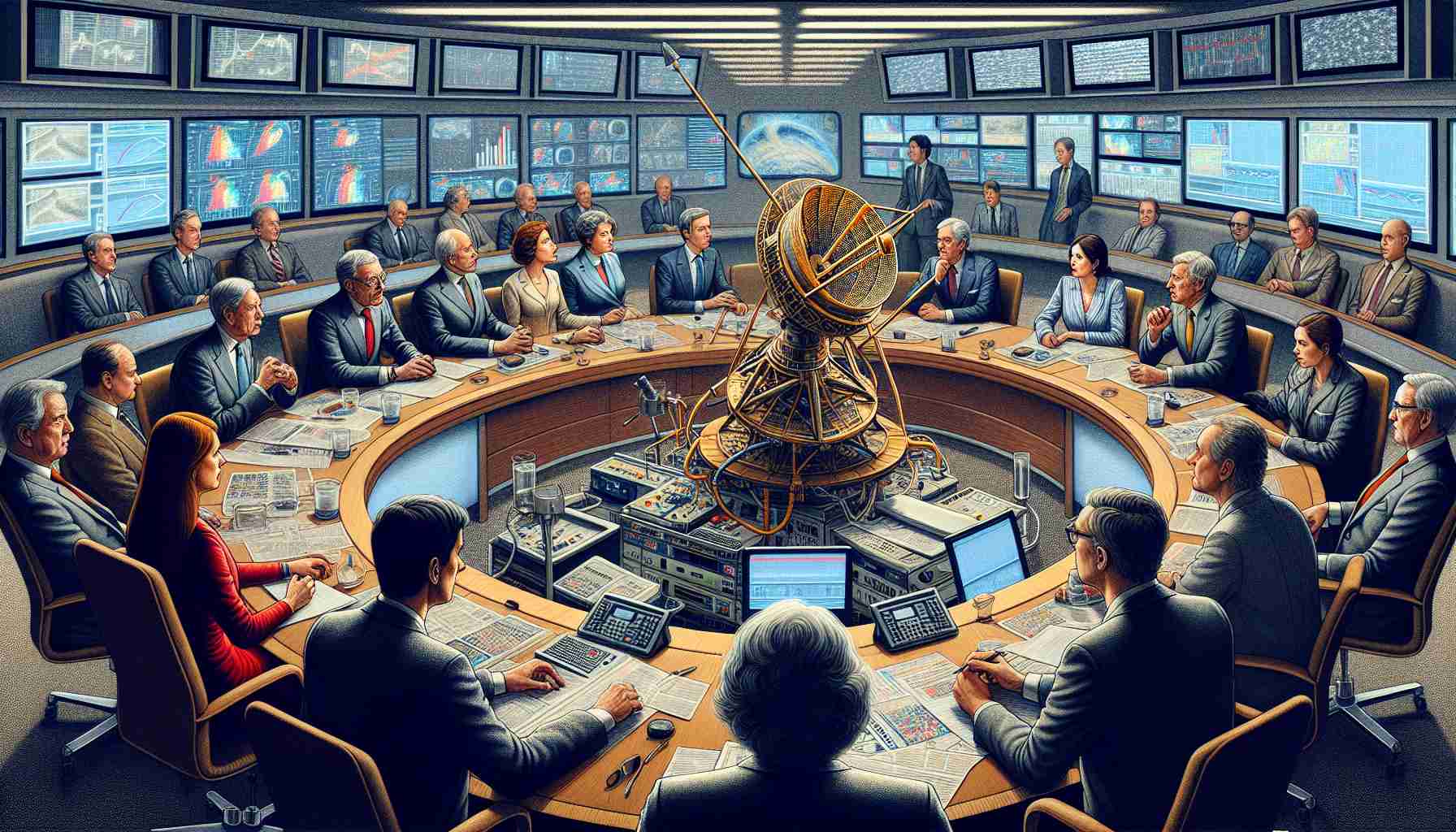
In a recent development, the National Association of Broadcasters (NAB) has brought to attention its reservations regarding the potential merger of SES and Intelsat. Although the association has not taken a definitive stance, it highlighted significant challenges that may arise from this consolidation. The merger would lead to the formation of a new entity that commands the majority of C-band satellites operating within the United States.
The NAB expressed particular concern about how this might affect the costs and quality of essential satellite services utilized by television and radio broadcasters. In a formal communication submitted to the Federal Communications Commission (FCC), NAB’s legal officer articulated that it is vital for the Commission to evaluate the real-world implications of such a merger on C-band satellite services.
The C-band plays a crucial role in the broadcast industry, facilitating the delivery of network programming to more than 1,000 stations linked to national networks. This spectrum is vital not only for television but also for radio transmission, with National Public Radio depending on it to reach millions of listeners across the country.
With the merger potentially leading to one entity controlling over 96 percent of the United States’ C-band spectrum, the NAB is calling for vigilant scrutiny of the merger’s consequences. Such concentration could seriously impact broadcasters and their ability to provide consistent service to audiences nationwide.
Concerns Over SES and Intelsat Merger Rise Among Broadcasters: Key Insights and Implications
In light of the proposed merger between SES and Intelsat, broadcasters are increasingly voicing their concerns regarding the implications for the satellite communication landscape. With the deal poised to create a dominant player in the C-band satellite services market, many industry stakeholders are questioning its long-term impact on competition, pricing, and service quality.
Key Questions and Answers Surrounding the Merger
1. What will be the scale of the newly formed entity?
The merger is anticipated to result in a combined market entity that controls more than 96% of the C-band satellite services in the U.S. This level of concentration raises alarm bells about potential monopolistic practices.
2. How will this affect service pricing for broadcasters?
The consolidation of satellite resources could lead to increased costs for broadcasters who rely on C-band services. With fewer players in the market, SES and Intelsat could have the leverage to raise prices, impacting the operational budgets of many broadcasters, particularly local and regional stations.
3. What are the potential impacts on service quality?
With a single entity managing the majority of C-band satellites, there is concern that service quality may decline. Increased demands on a consolidated resource could lead to bottlenecks, resulting in degraded service quality for essential broadcasting operations.
Key Challenges and Controversies
One of the main challenges arising from the merger is the potential loss of competition in the satellite services sector. The NAB and other industry associations worry that if fewer companies control the infrastructure, it will reduce incentives for innovation and customer service responsiveness. Additionally, the merger would pose regulatory challenges, as it necessitates thorough evaluation by federal regulators, including the FCC and the Department of Justice, exploring antitrust concerns.
Another pressing controversy involves the potential impact on rural and underserved communities. Satellite services are particularly crucial in these areas where other forms of connectivity, like cable or fiber, are not readily available. Stakeholders fear the merger could diminish service availability or quality for these populations.
Advantages and Disadvantages of the Merger
Advantages:
– Operational Efficiency: A merger might lead to economies of scale, potentially reducing operational costs and fostering streamlined management of satellite resources.
– Investment in Technology: A combined entity could have more capital to invest in next-generation satellite technologies and infrastructure upgrades.
Disadvantages:
– Reduced Competition: A significant downside is the potential monopolistic behavior that could stifle competition, leading to higher prices and fewer choices for broadcasters.
– Service Quality Concerns: The integration process could disrupt current services, causing temporary or long-term service quality issues.
The merger between SES and Intelsat raises critical questions that will require close scrutiny by regulators and industry advocates alike. As the situation develops, it will remain paramount for broadcasters to stay informed and engaged in advocacy efforts to ensure that their interests—and those of their audiences—are safeguarded in the face of significant changes within the satellite communications landscape.
For further information related to this topic, please visit NAB.



